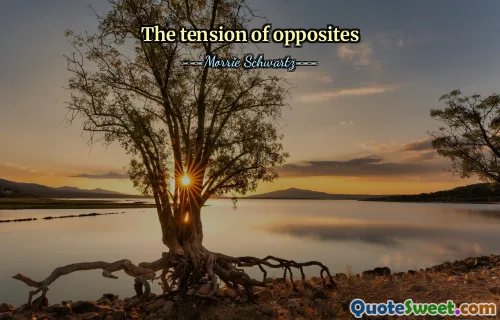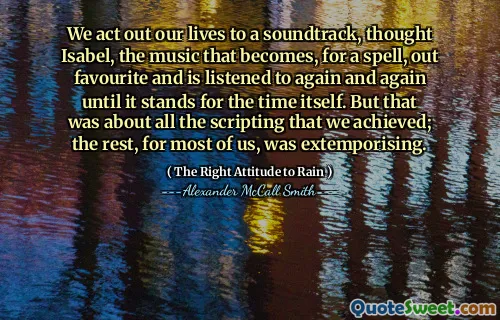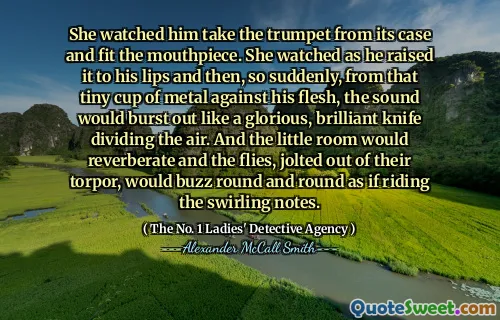
I'd been making music that was intended to be like painting, in the sense that it's environmental, without the customary narrative and episodic quality that music normally has. I called this 'ambient music.' But at the same time I was trying to make visual art become more like music, in that it changed the way that music changes.
Brian Eno's reflection offers a profound insight into his artistic philosophy, highlighting his desire to transcend traditional boundaries between different art forms. His approach to making ambient music emphasizes the creation of soundscapes that serve as an environment rather than a linear narrative, inviting the listener to experience music as a continual, immersive experience. This mindset aligns with the idea of art as an ambient presence—something that is always there, subtly influencing and shaping perceptions without dominating with explicit storytelling. Simultaneously, Eno dreams of infusing visual art with musical qualities, making visual experiences more dynamic and fluid, akin to how music evolves over time. This cross-pollination blurs the lines between mediums, fostering a more holistic artistic environment where different senses and perceptions influence and enhance each other. It challenges conventional notions of narrative and episodic progression that frequently define artistic works, advocating instead for a more organic and ambient mode of existence for art. Such an approach encourages artists and audiences alike to embrace ambiguity, process, and subtlety, recognizing the importance of atmosphere and perception over decoration or direct storytelling. Eno's ideas push the boundaries of how we understand the relationship between music, visual art, and environment, inspiring countless artists to develop work that is immersive, evolving, and subtly influential, emphasizing art's role as a participative and integrative experience.







